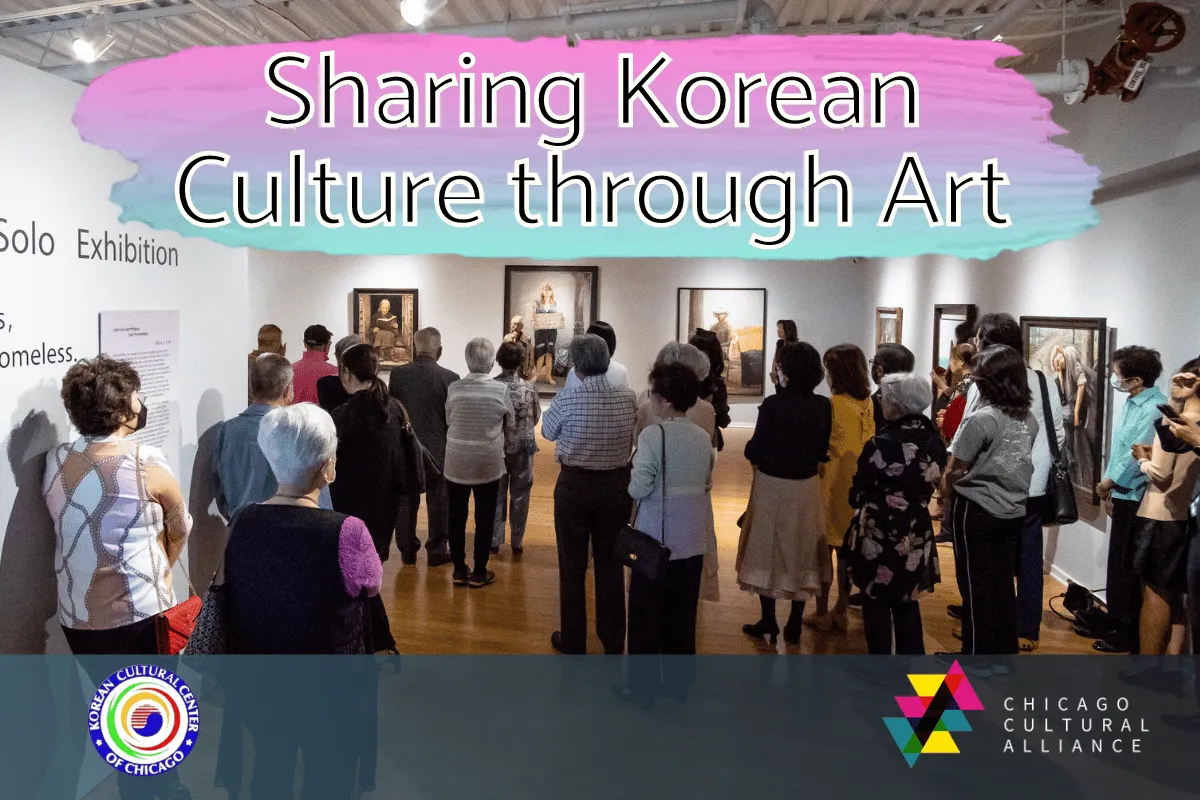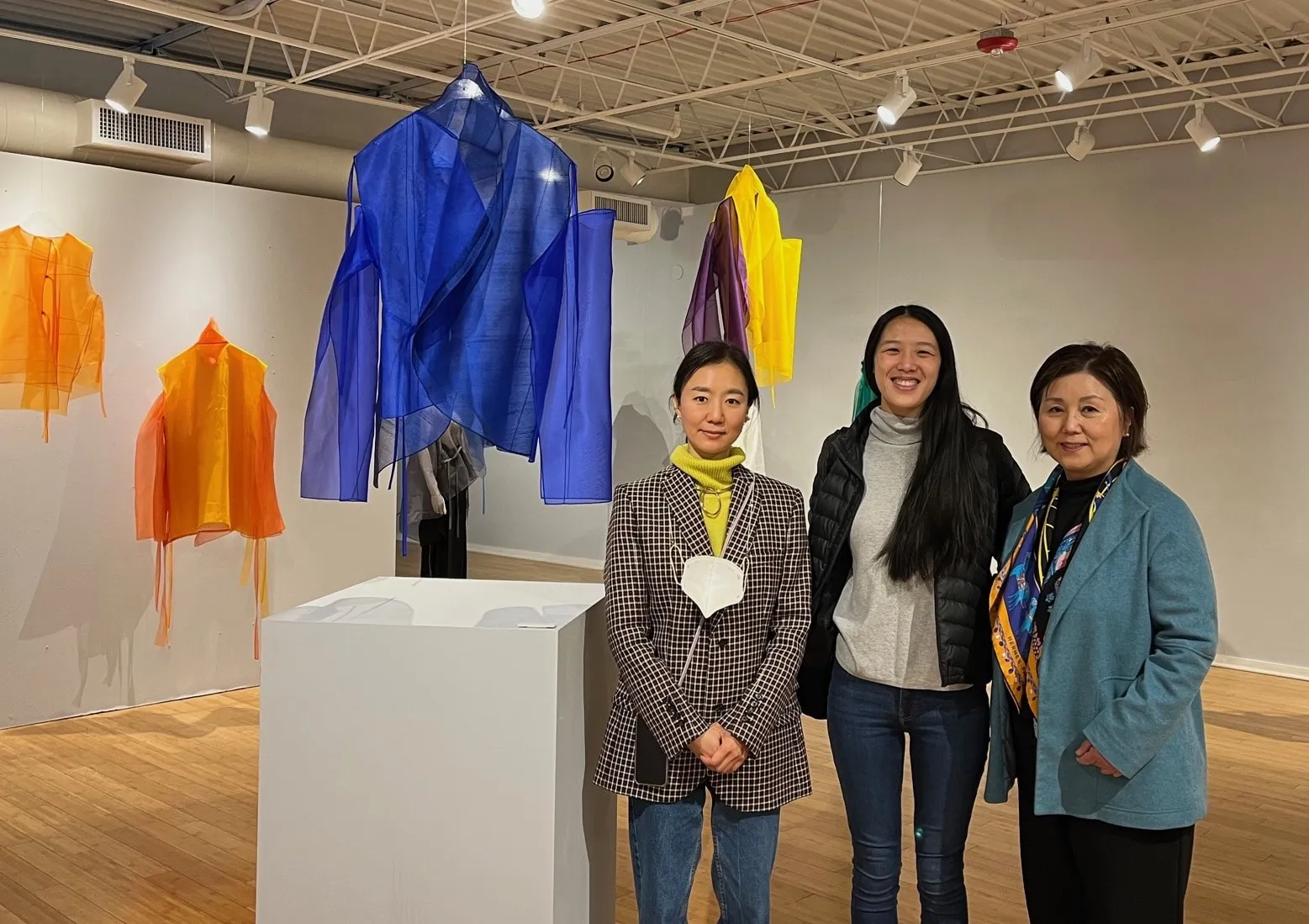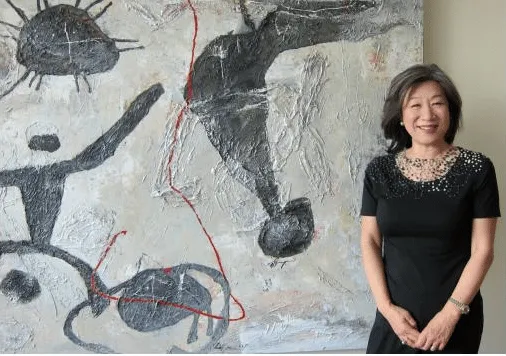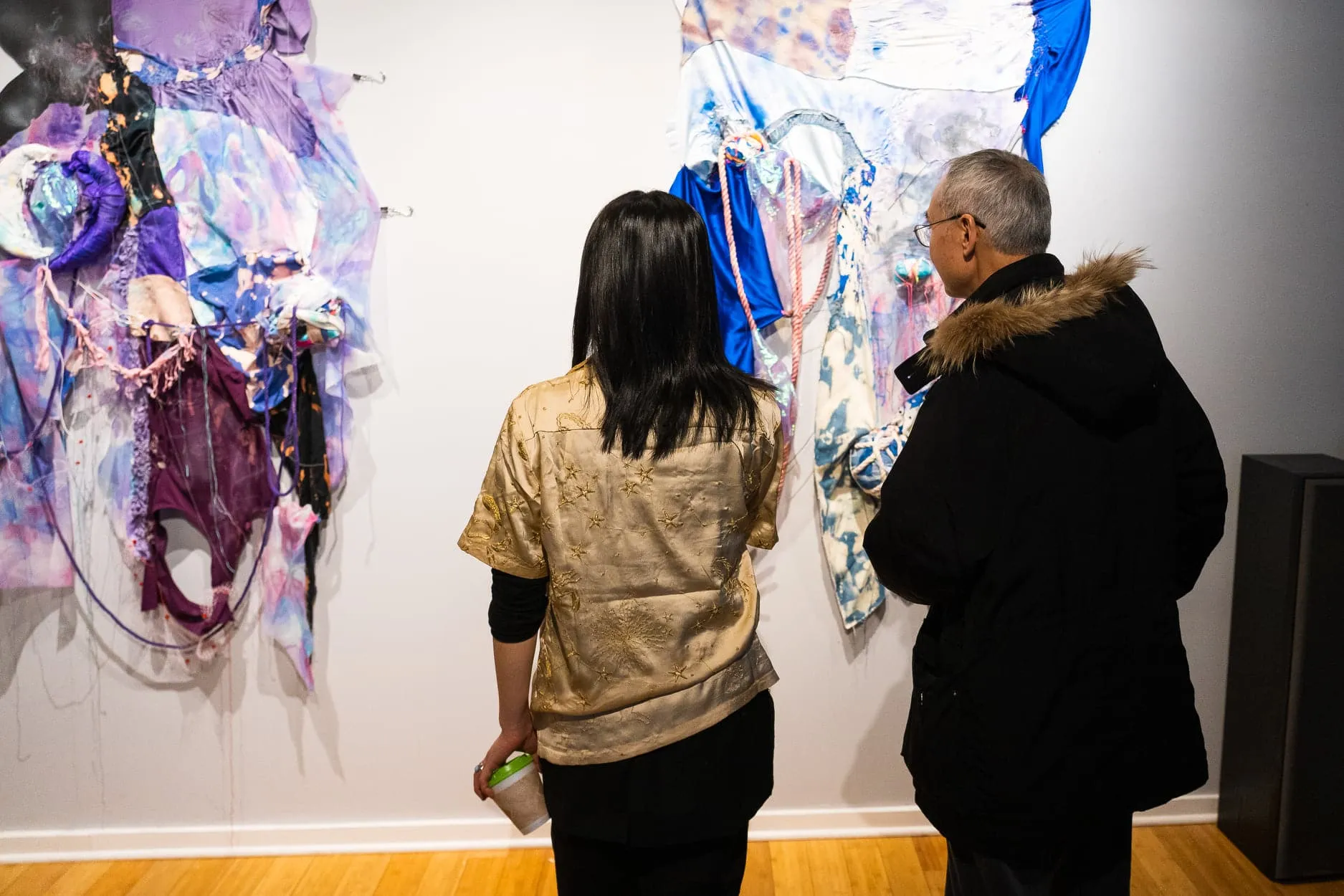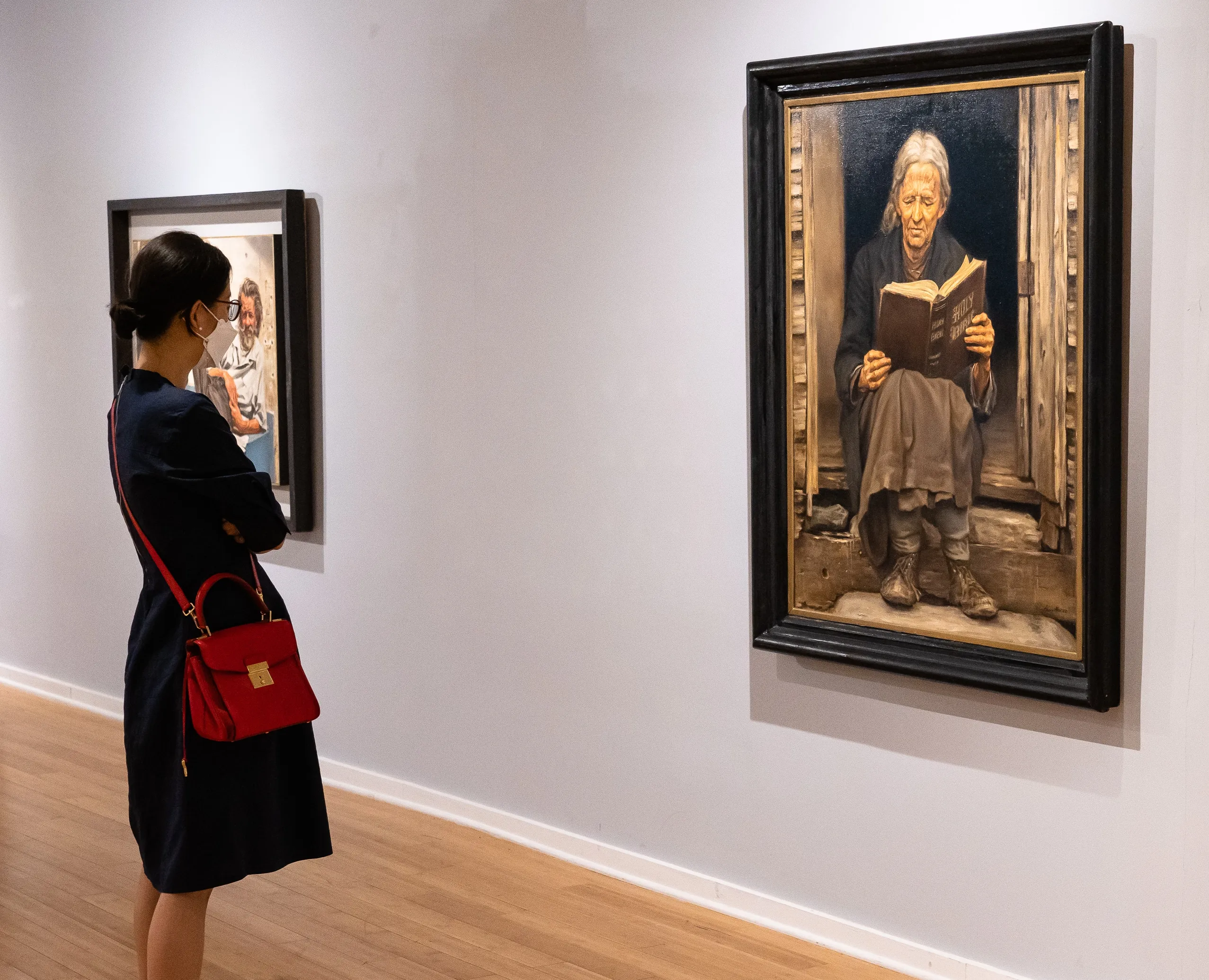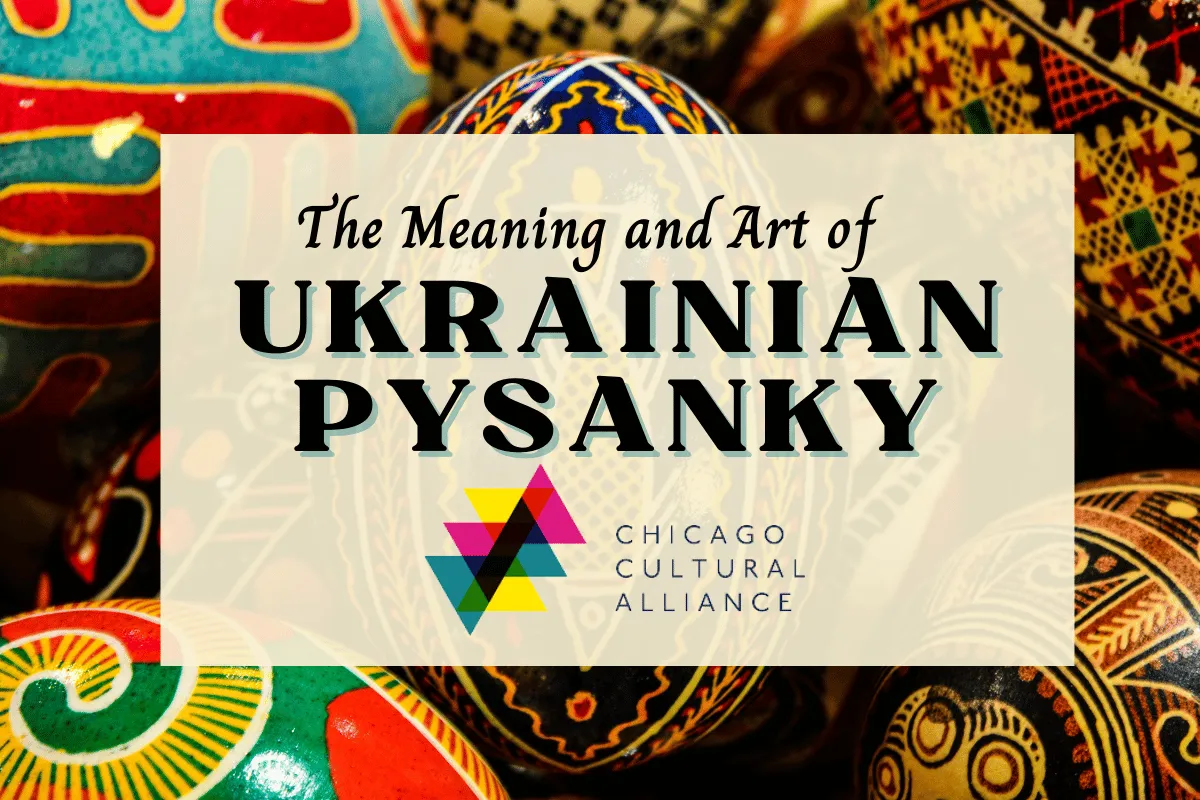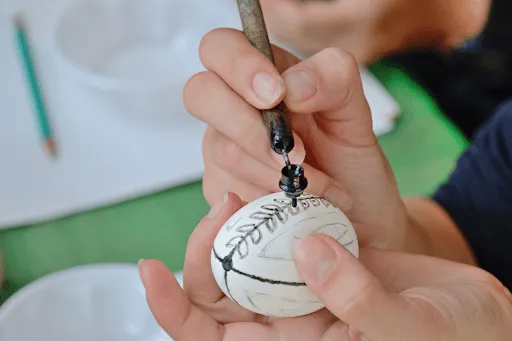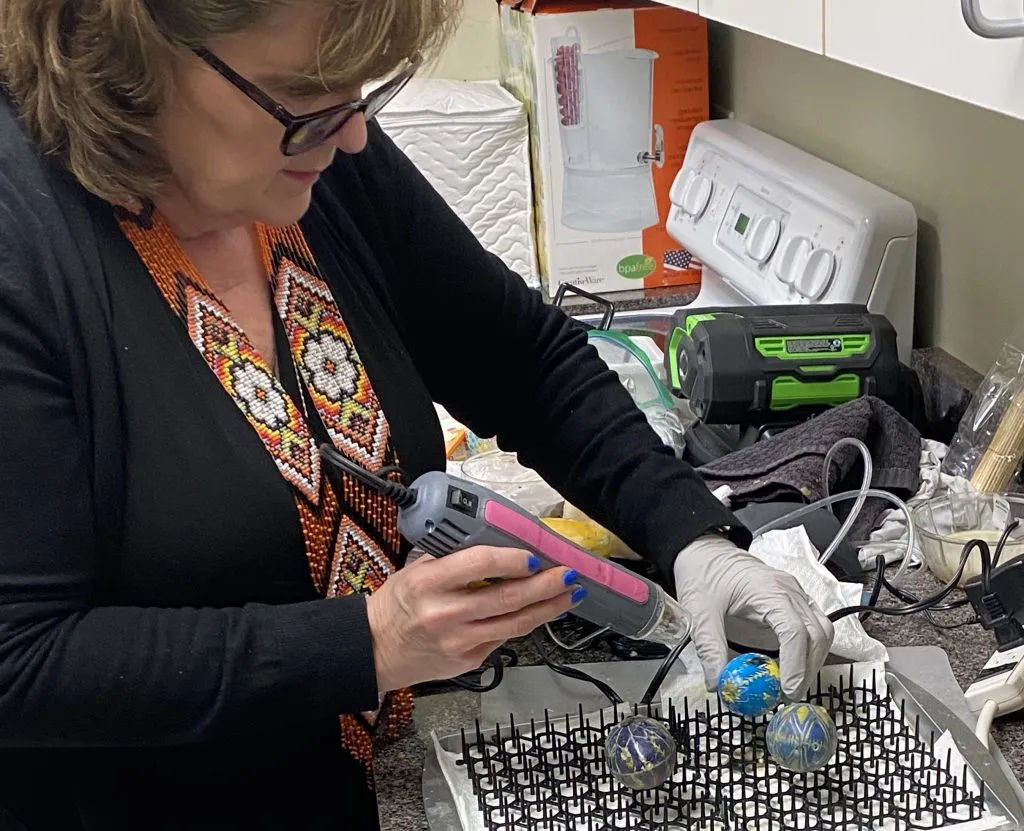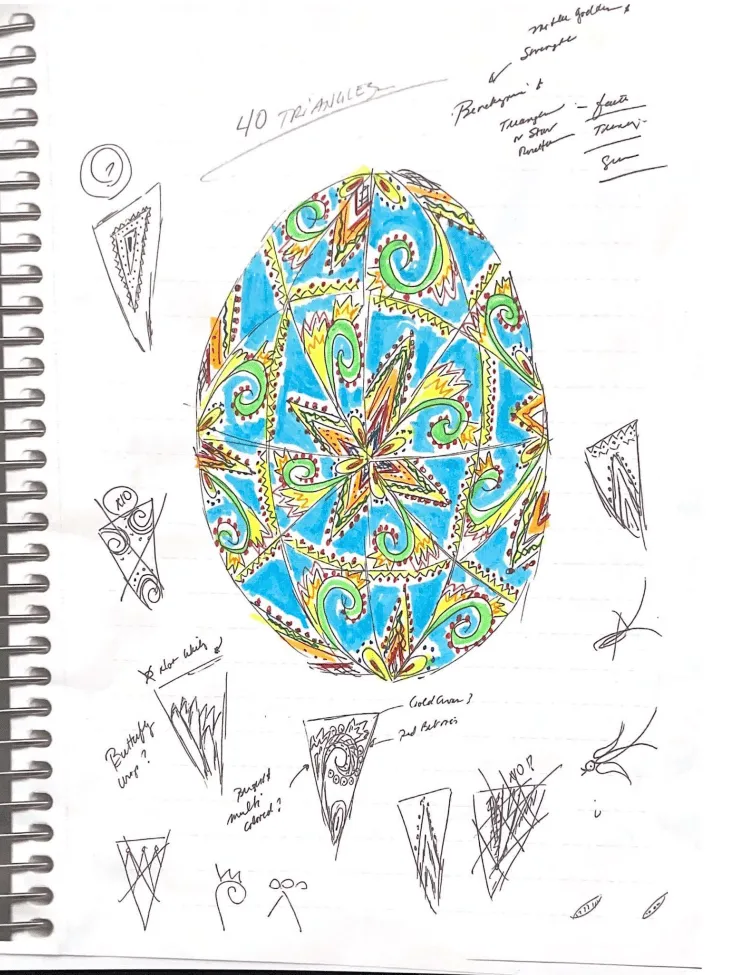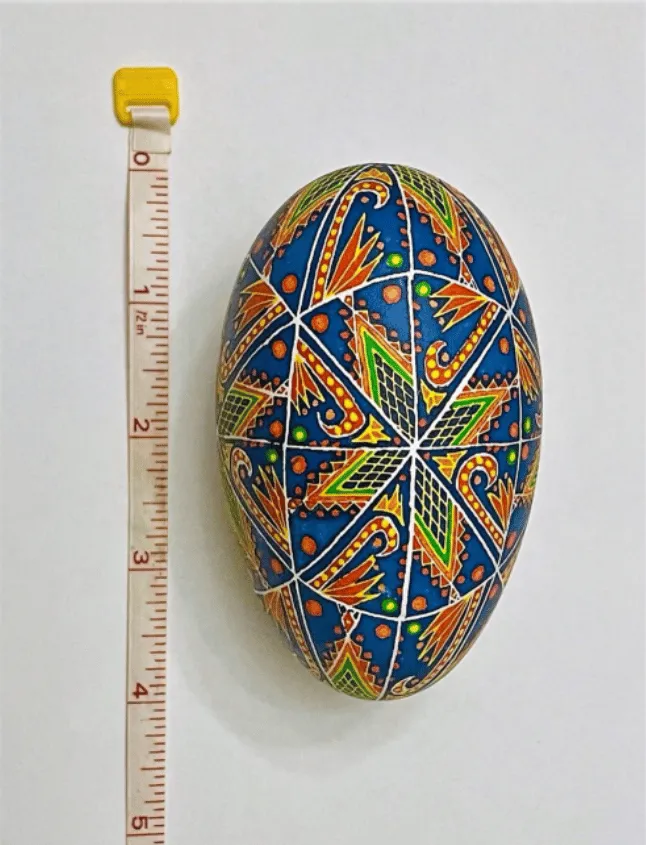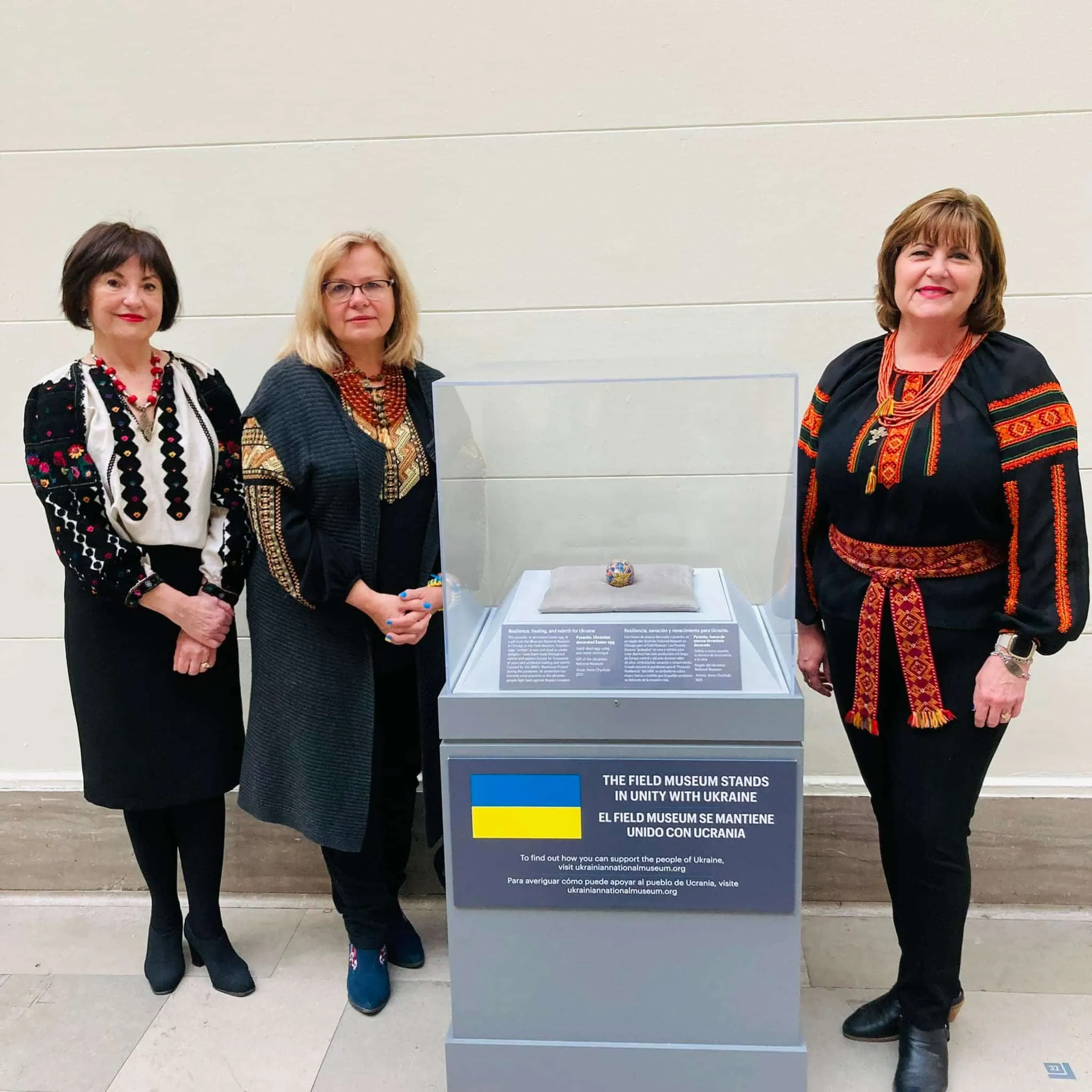Dr. Paul Durica is the Director of Exhibitions at the Chicago History Museums and worked in a similar capacity at The Newberry Library. From 2015-2020, he served as the Director of Programs and Exhibitions with Illinois Humanities, the state affiliate of the National Endowment for the Humanities.
Prior to that he drew upon his work as a writer, researcher, and teacher to produce a series of free and interactive talks, walks, and reenactments focused on narratives from Chicago’s past that resonate with its present.
These public history programs led to collaborations with cultural institutions in the city such as the Jane Addams Hull-House Museum, Chicago History Museum, Newberry Library, Chicago Architecture Foundation, Museum of Contemporary Art, and the Chicago Cultural Center among others.
Each program made use of both his original research and the skills of the arts organizations, community groups, local businesses, and publications that acted as my partners. Some of these programs, such as the full-scale reenactment of the Haymarket Affair in 2011, involved recruiting and directing over 300 volunteers and 1,000 participants.
To produce these programs successfully, he wrote grants; managed budgets; generated web content; worked closely with program partners of varying sizes and resources; and identified, engaged, and sustained a diverse multi-generational audience.
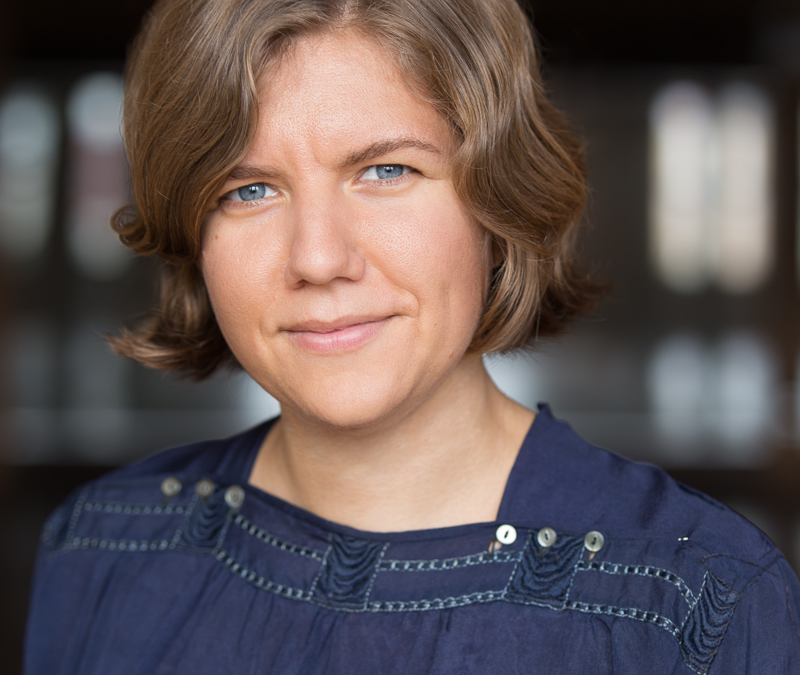

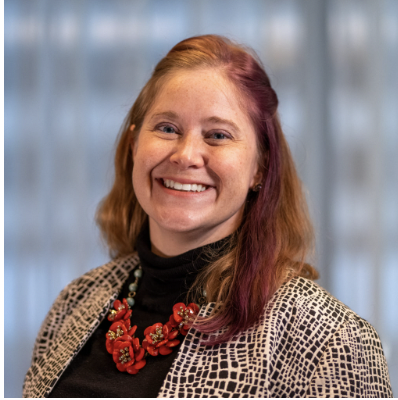
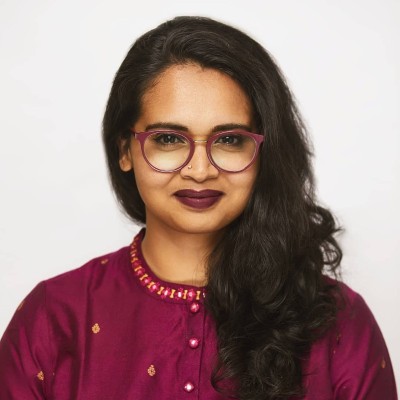

 Chris Swope Cholewa has been with HOSC since 2000. Before joining the team, she was the President and CEO of Affinium Services LLC, a consulting firm serving nonprofits providing executive leadership, capacity building, planning, impact analysis, fund development, and communications both locally and nationally. Chris is passionate about making a difference in her community and volunteers with local nonprofits who support high needs and underserved populations.
Chris Swope Cholewa has been with HOSC since 2000. Before joining the team, she was the President and CEO of Affinium Services LLC, a consulting firm serving nonprofits providing executive leadership, capacity building, planning, impact analysis, fund development, and communications both locally and nationally. Chris is passionate about making a difference in her community and volunteers with local nonprofits who support high needs and underserved populations.  Katie Ferguson is dedicated to the recruiting of, engagement with, and retention of volunteers for nonprofit organizations throughout Chicagoland. She collaborates with the Americorps Seniors and school programs to assist with partnerships and volunteer engagement. She is excited to connect people with causes about which they are passionate and to inspire them to be change agents in our communities.
Katie Ferguson is dedicated to the recruiting of, engagement with, and retention of volunteers for nonprofit organizations throughout Chicagoland. She collaborates with the Americorps Seniors and school programs to assist with partnerships and volunteer engagement. She is excited to connect people with causes about which they are passionate and to inspire them to be change agents in our communities.
